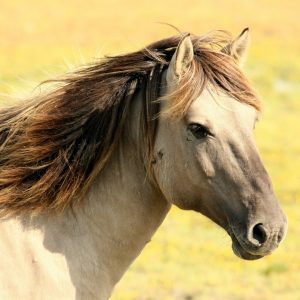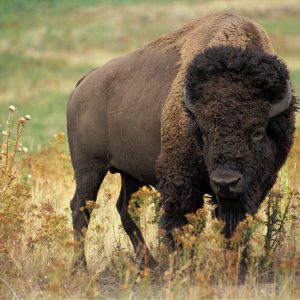As with Permaculture II, this course is also a natural progression from the earlier Permaculture units, but can be taken separately in its own right. It concentrates on the animals in a permaculture system, how they relate to each other, how they relate to surrounding environments, and selection and management of different types of animals in a permaculture design. The course covers the role of insects, animal husbandry of poultry, bees, pigs, goats and cattle, aquaculture systems, and how to integrate animals into a garden.
E-Learning Structure
The duration of this online course is 100 hours. This consists of 6 in-depth lessons:
- Integrating Animals Into A Permaculture System/Garden – Locating animals in the Permaculture system, birds, types of gardens, how to plan and prepare zones in relation to animals
- Role Of Insects And Other Small Animals – Ecosystems and their constituents, the web of life, the classification of animals, insect classification, lifecycles, feeding habits and control, companion planting
- Poultry and Bees – Ducks, poultry food, fowls, turkey, geese, bees
- Grazing Animals: Sheep, Goats, Cattle, Horses, etc – animals as mobile tractors, types of pasture,
- Aquaculture Production Systems – Biological filtration systems, clearing dam water, protecting fish, mariculture,
- Aquaculture Species to Grow – Australian native fish, yabbies, marron, spiny freshwater crayfish
Course Aims
- Outline how to plan and prepare garden zones in relation to animals. Provide step-by-step instructions and accompanying photographs or drawings.
- Visit some outside environment close to your home such as a garden, a park, a piece of bushland or a water course. Find and list as many things as you can. Try to see what relationships they might have with other biotic and abiotic components of the environment.
- Draw a ‘Web’ to illustrate the interrelationships you find in the ecosystems you observe.
- Explain “companion planting” in relation to the insect-plant relationship.
- Contact your state department of Agriculture and obtain leaflets relating to poultry which you are particularly interested in keeping.
- Contact your state department of Agriculture and obtain leaflets (and any other publications) relating to bee keeping.
- In no less than 500 words explain the importance of bees to horticulture and the permaculture garden.
- Enquire to the local agricultural agency on how to make dams and how to water proof them.
- Write a report to 1000 words explaining the advantages and disadvantages of aquaculture and mariculture.
- Develop a 5 year plan for developing a one hectare permaculture farm utilising plants, animals and fish (aquaculture). Use drawings and diagrams where needed to assist in this report.
- Attempt to draw a life cycle diagram of a fish or freshwater crayfish. Include all stages and if possible give a size indication or age indication for each stage.
- Select three different aquatic animals which would be appropriate to grow in a permaculture system. For each one in turn, explain how you would incorporate it into a permaculture system.
How Does A Warnborough Online Course Work?
You can start the course whenever is convenient for you. You will be studying from home and have access to support from our qualified tutors. Practical exercises and research tasks will be set at the end of each lesson – including an assignment. You will submit this assignment to your course tutor, who will mark your work and give you constructive feedback and suggestions.
If you have any questions please contact us.





